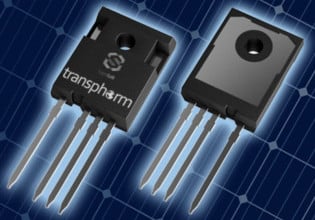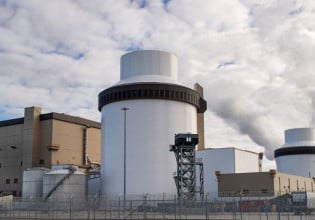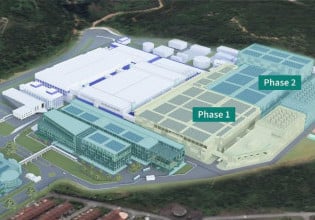Self-taught Battery Inventor: Stanford Ovshinsky
This amazing self-taught inventor was instrumental in developing batteries for hybrid and all-electric vehicles, consumer electronics, and industrial and telecommunications equipment.
National Battery Day commemorates the birthday of Italian inventor Alessandro Volta born on February 18th, 1745, and considered the inventor of the first electric battery in 1800.
This year, we recognize the incredible achievements and contributions of Stanford Ovshinsky, who, beginning in the late 1950s, created inventions for data storage, solar energy, and battery storage, including nickel-metal-hydride batteries (NiMH) for hybrid and battery electric vehicles (BEVs).

Stanford R. Ovshinsky. Image used courtesy of the National Inventors Hall of Fame
Early Life of Stan Ovshinsky
Born November 24, 1922, in Akron, Ohio, Ovshinsky was the son of immigrant parents who arrived in the U.S. from Eastern Europe in about 1905. He graduated from high school in 1941 and, during World War II, worked in the tool room of a Goodyear plant located near Phoenix, Arizona. Just before the end of the war, Ovshinsky returned to Akron, started a machine shop, and created his first patent—an automatic center drive high-speed lathe.
He later sold his company in 1951 and moved to Detroit to work in the automotive industry as director of research for the Hupp Motor Company. Stan and his brother Herb started a company called General Automation in Detroit, studying things related to neurology, energy, and information technologies.

1932 Hupmobile from the Hupp Motor Company. Image used courtesy of David Berry from Rohnert Park, CA
Energy Conversion Laboratories
In January 1960, Ovshinsky and his soon-to-be wife, Iris Miroy Dibner, started Energy Conversion Laboratory to concentrate his efforts on energy and information technology. His observation of the effect that turns thin films of glass into semiconductors when a low voltage is applied—called the “Ovshinsky Effect”—became the basis for new types of electrical switches and would lead to the creation of rewritable DVDs and CDs.
Later, he also discovered that energy could change amorphous materials into crystalline phases, leading to a variety of inventions, including flexible solar panels, flat-screen televisions, and more efficient computer memory.
Battery Research
Ovshinsky had always been interested in alternative energy sources and, during the 1960s, promoted hydrogen fuel cells as an alternative to the internal combustion engine (ICE) used in cars and trucks. He began working on the concept of NiMH batteries (they were first created in the 1960s at the Battelle-Geneva Research Center in Europe). In 1994, he patented a high-energy-storage, environment-friendly, maintenance-free, rechargeable NiMH battery.
In 1994, General Motors acquired a controlling interest in Ovshinsky’s patent and battery development and manufacturing activities. The company wanted to produce large-scale NiMH batteries for the GM EV1 electric vehicle; however, GM’s EV program was shut down before full-scale commercialization of the NiMH batteries. GM and others claimed that battery technology was not yet ready to power EVs, a position that Ovshinsky vehemently disagreed with.
NiMH batteries can have 2-3 times the energy capacity and much higher energy density than its lead-acid and nickel-cadmium battery competitors. They found applications in portable electronic devices and hybrid vehicles—most notably the Toyota Prius. More recently, NiMH batteries are often replaced with lithium-ion batteries with an even higher energy density; however, NiMH batteries are still in use.

Toyota Prius. Image used courtesy of Pixabay
Self-taught Genius
Ovshinsky was largely self-taught, having only a high school education. During his prolific career, the inventor was granted more than 400 patents, many forming the basis of the products and technologies used today. Ovshinsky died from prostate cancer at 89 on October 17, 2012, in Bloomfield Hills, Michigan.






